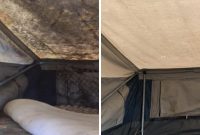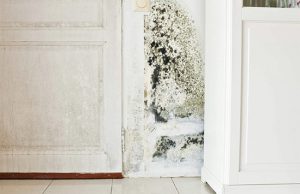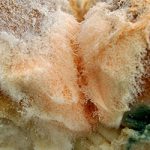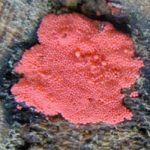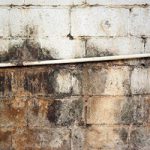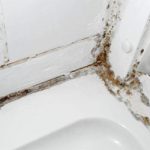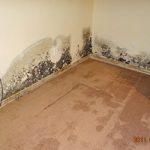Mold and mildew are certainly unsightly, but they can be bad for your health and the health of your family. This article takes a look at some of the early warning signs that mold and mildew have entered your home.
 Mold and mildew are certainly unsightly, but these common home infestations can cause serious health problems as well.
Mold and mildew are certainly unsightly, but these common home infestations can cause serious health problems as well.
Exposure to mold and mildew can cause a host of troubling symptoms, from asthma attacks and constant coughing to sneezing, runny nose, sore eyes, and itchy skin.
If you or a family member suffer from any of these symptoms, keep a close watch on how those symptoms come to a go. If the symptoms seem to get worse when the affected person is in the home and better when they are away, you may be looking at a mold or mildew problem.
Table of Contents
Follow Your Nose
If you suspect your home has a mold problem, you need to use all your senses to detect it – starting with your sense of smell. Mold has a distinct odor, and simply smelling the various rooms in your house is a good place to start.
Mold and mildew grow best in moist conditions, and it often starts in damp areas like the space around a window air conditioner or heater. Whether you have central air or rely on window units, you may be able to sniff out signs of mold and mildew in these areas.
Look Carefully
You might think that mold would be easy to spot, but it is easy to overlook the early warning signs. Mold often starts as dark spots on the grout between the tiles in the shower, but it is easy to mistake that mold for normal discoloration.
You should check the bathroom for mold and mildew every time you clean the tub and shower enclosure. Mold loves moisture, and there is plenty of moisture in this area. Instead of simply spraying the tiles with a household cleanser, take a few minutes to look – and smell – carefully. If you detect mold or mildew, you may want to swap out that general purpose cleaner for a product with mold-killing properties.
Lower the Humidity
Mold loves moisture, but it loves high humidity even more. If you have a problem with mold, lowering the humidity even more. If you have a problem with mold, lowering the humidity in the home is one of the best ways to fight it.
Adding a dehumidifier to the bathroom and other spots where mold has taken root is one of the simplest ways to overcome the problem.
Mold grows best in humidity levels 60% and above. Adding a humidity meter to the home and keeping the moisture level between 30% and 60% will make it harder for harmful mold to thrive.
Mold is a serious problem and a potentially dangerous one. Even if you only suspect that mold has found a foothold in your home, it is important to act quickly. Once it gets going, mold can grow very quickly, so taking prompt action is the best way to protect your home, your health, and your family.
